Develop Apps that Support Multiple Operating systems
July 28, 2014

We all have some basic knowledge about Phone Gap development. For those, who are novices in this field, this article will give you a brief idea about developing apps using Phone gap development from Adobe.
Further, for experts and intermediate Phone gap developers, we have included some details regarding native design and various development patterns. So, let’s begin with a brief introduction about this app development platform:
What is Phone Gap Development?
In simple terms, phone gap is a very convenient tool that supports app as well as web developers to transfer their apps to apps stores with a single code. Here, we will discuss about the usage phone gap for creating better apps.
As we know, Phone gap supports various platforms such as:
- iOS
- Android
- Windows 7 & Windows 8
- WebOS
- Symbian
- Tizen
Here, we have included the details that will be useful for iOS & android app development.
Phone Gap API’s are very easy to use as compared with HTML5. The development process becomes much easier with this coding base. Easy simple apps that don’t need any network connection or server information are developed quickly. It also allows app developers to create complex apps using HTML5, CSS3 and Java-script with more complex elements that support multiple devices.
Before developing an app with Phone gap, it must be kept in mind that these apps will run smoothly on a device having less memory power as well as storage capacity as compared to our traditional desktop.
Understanding Design & Development Patterns:
Hope, this brief information have made clear about what Phone gap development is and for what purpose is it used?
So, now let’s move ahead with the very basic concept of developing apps i.e. the app design and its development sequences.
With Phone gap, you can create a single code base that will work across seven different app stores. However, before creating this code; it is viable to know the design & development pattern supported by each of the operating systems for which it is developed.
- App must be user friendly and must have a feel of native application, not a web application. It should meet the expectations of the users.
- Avoid loading symbols and allow the user to directly enter the app. For e.g.: Instagram app.
- Such apps provide a fast & easier user experience.
- Creating apps as per the development pattern makes the app more native allowing it to do tasks quickly.
Coming to the design point, different layout patterns are opted by different operating systems. One of the well known apps supported by Android and iOS is Foursquare.
Their interfaces look alike yet the main difference lies in the navigation & action bar. For iOS, navigation bar is located at bottom while for android the same is available below the apps bar. This is because of the soft buttons that are situated at bottom in Android and so to provide better user experience & avoid any typing mistakes, there’s a minor change in the location of navigation bars.
Conclusion:
Apps developed on any platform using any coding must look different from others and must not give a duplicate look. Knowing the design principles can help you to develop appealing apps that really attract users and tempt them to use it. An expert’s assistance is must and for this you can speak to any expert apps developer from well-known apps development company India, Softqube technologies.
Share on






